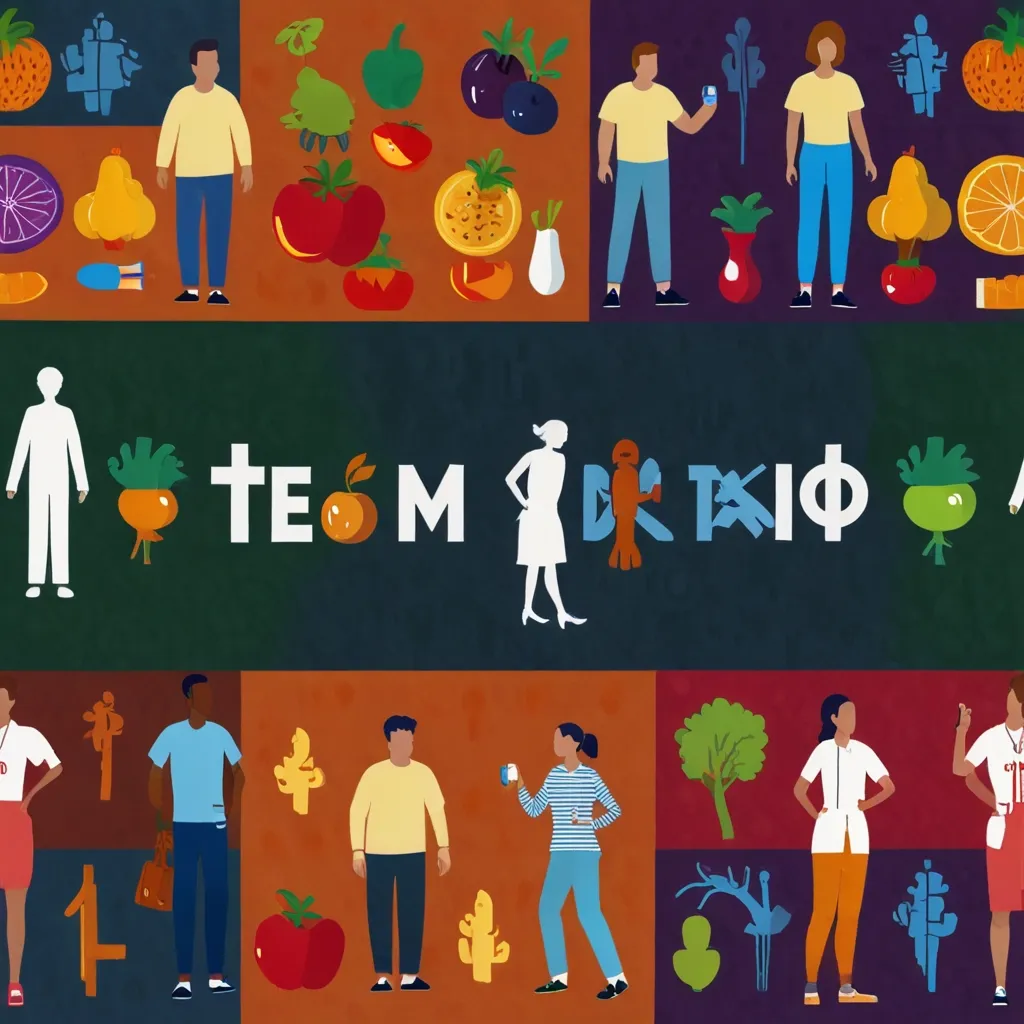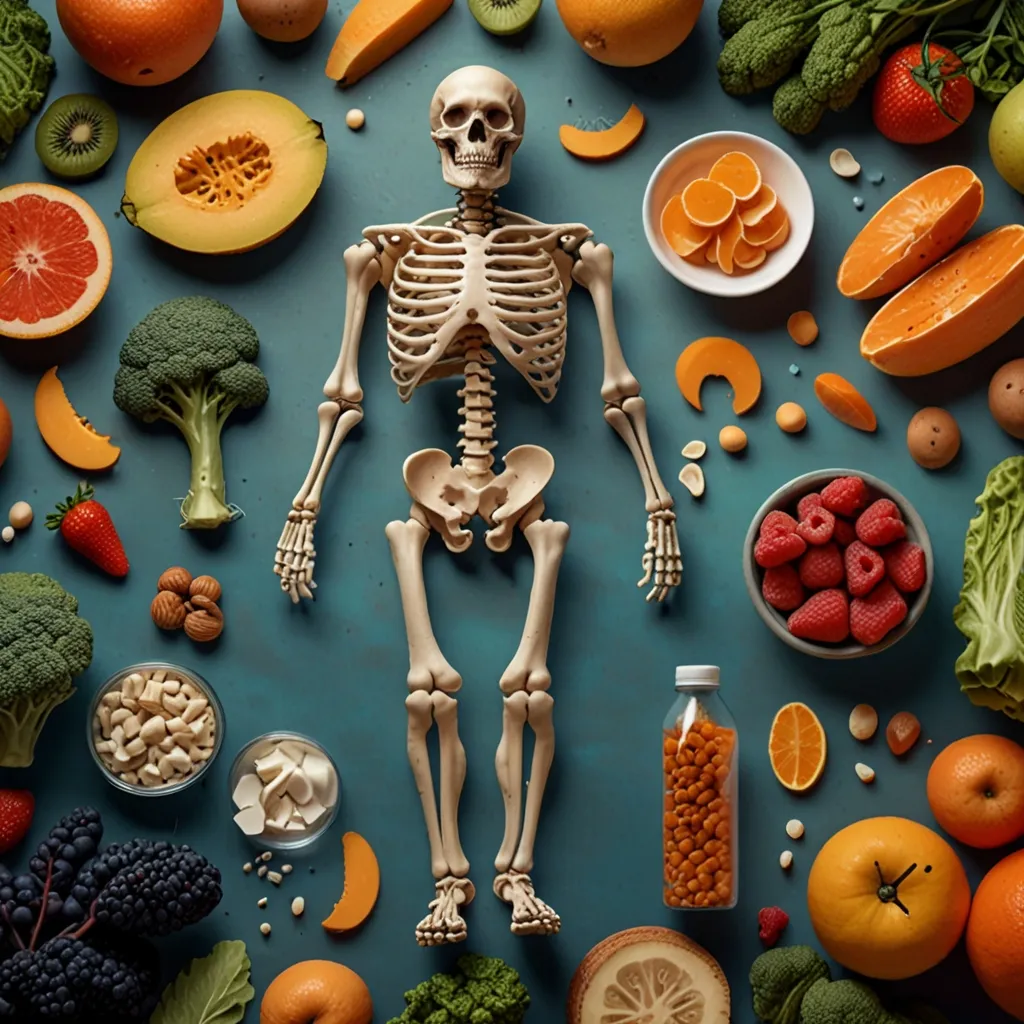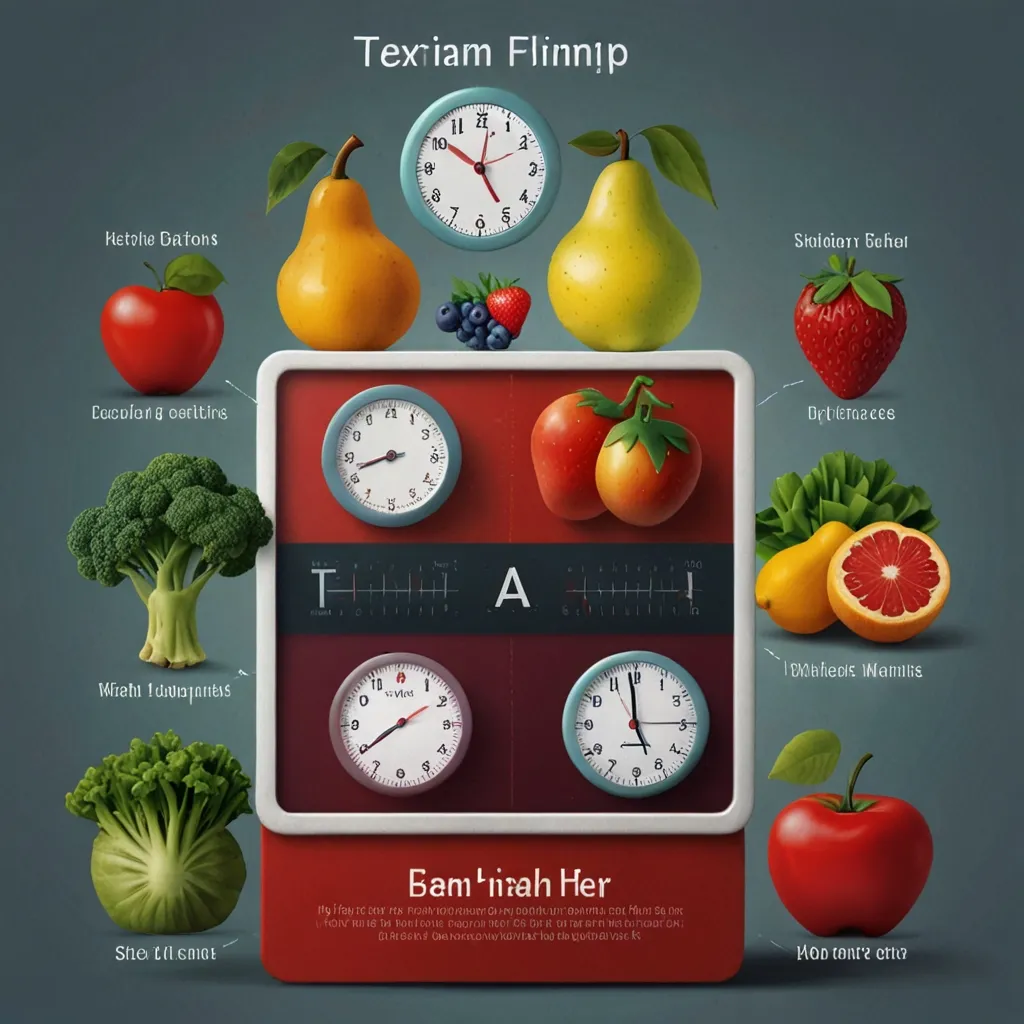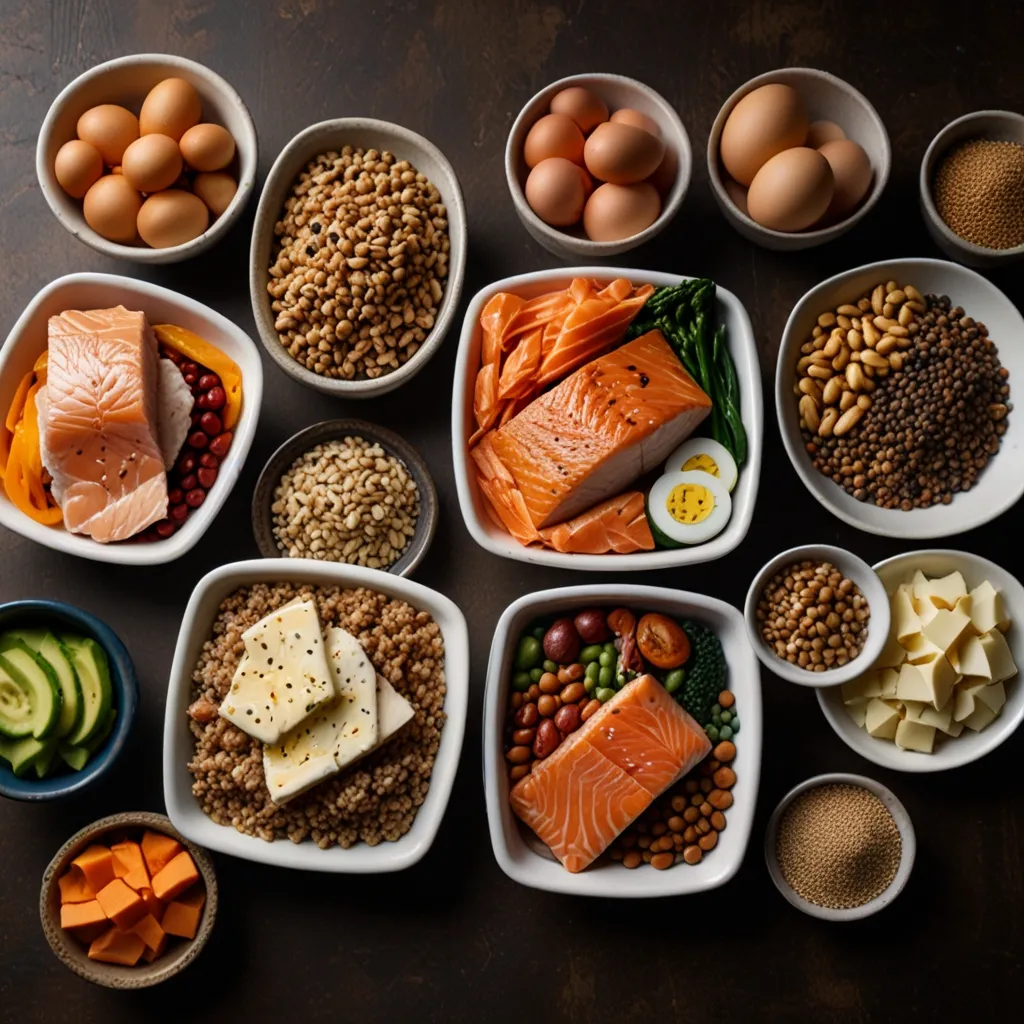Diabetes is all about your blood sugar levels going a bit haywire. This happens when your body either doesn’t make enough insulin or can’t use the insulin it makes properly. Insulin is that handy hormone moving sugar from your blood into your cells for energy. When this process glitches, you end up with diabetes.
There are different flavors of diabetes, each with its own unique vibes. Type 1 is when your immune system goes rogue and starts attacking insulin-producing cells in your pancreas. Type 2 is the most common, kicking in when your body resists insulin, leading to sugar build-ups. There’s Type 1.5 or LADA, which strikes adults and needs more than just diet or lifestyle tweaks. And don’t forget gestational diabetes, which pops up during pregnancy thanks to some sneaky hormones from the placenta.
A common sign you’ve got diabetes is feeling super thirsty and running to the bathroom a lot. This happens because your body is trying to flush out all that extra sugar in your urine. Feeling wiped out and weak is another biggie since your cells aren’t getting the energy they need. If you’re losing weight without even trying, especially with Type 1, it’s your body burning muscle and fat for energy. Constant hunger, blurry vision, and cuts that take forever to heal are other clues.
Type 1 diabetes symptoms hit hard and fast, like a train. Severe thirst, endless peeing, dropping pounds, and tiredness are red flags. For Type 2, symptoms are like sneaky ninjas; they creep up slowly. Some people might not even notice until it’s pretty advanced. Gestational diabetes often flies under the radar with routine prenatal check-ups catching it, but if it does show, look for thirst, tiredness, and blurry vision.
Spotting these signs early on is super important. High blood sugar left unchecked can mess with your nerves, kidneys, and eyes. Early detection can save you a lot of future hassle and keep you living your best life.
Managing diabetes means juggling diet, exercise, and meds. Eating right is key. If you’re Type 1 or 1.5, you need to balance carbs with insulin. For Type 2, go for smaller, frequent meals with a focus on fruits, veggies, whole grains, lean proteins, and healthy fats.
Exercise is a game-changer. It helps your body use insulin better and lowers your blood sugar levels. For gestational diabetes, a balanced diet and staying active are crucial for you and the baby.
Making lifestyle tweaks can really lower your Type 2 diabetes risk. Staying at a healthy weight through diet and exercise is a solid start. Walking and other aerobic activities are great. Ditch sugary drinks and foods loaded with sugar and salt. Drink plenty of water, limit alcohol, quit smoking, and manage stress through meditation or yoga.
Diabetes may be a lifetime gig, but with the right game plan, it’s totally manageable. Recognize the symptoms early, keep a handle on your blood sugar, and consult your healthcare provider if you notice any signs. Early detection and consistent management can keep you feeling good and sidestep complications.






